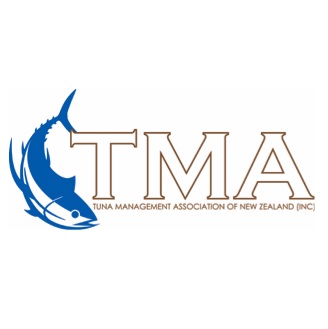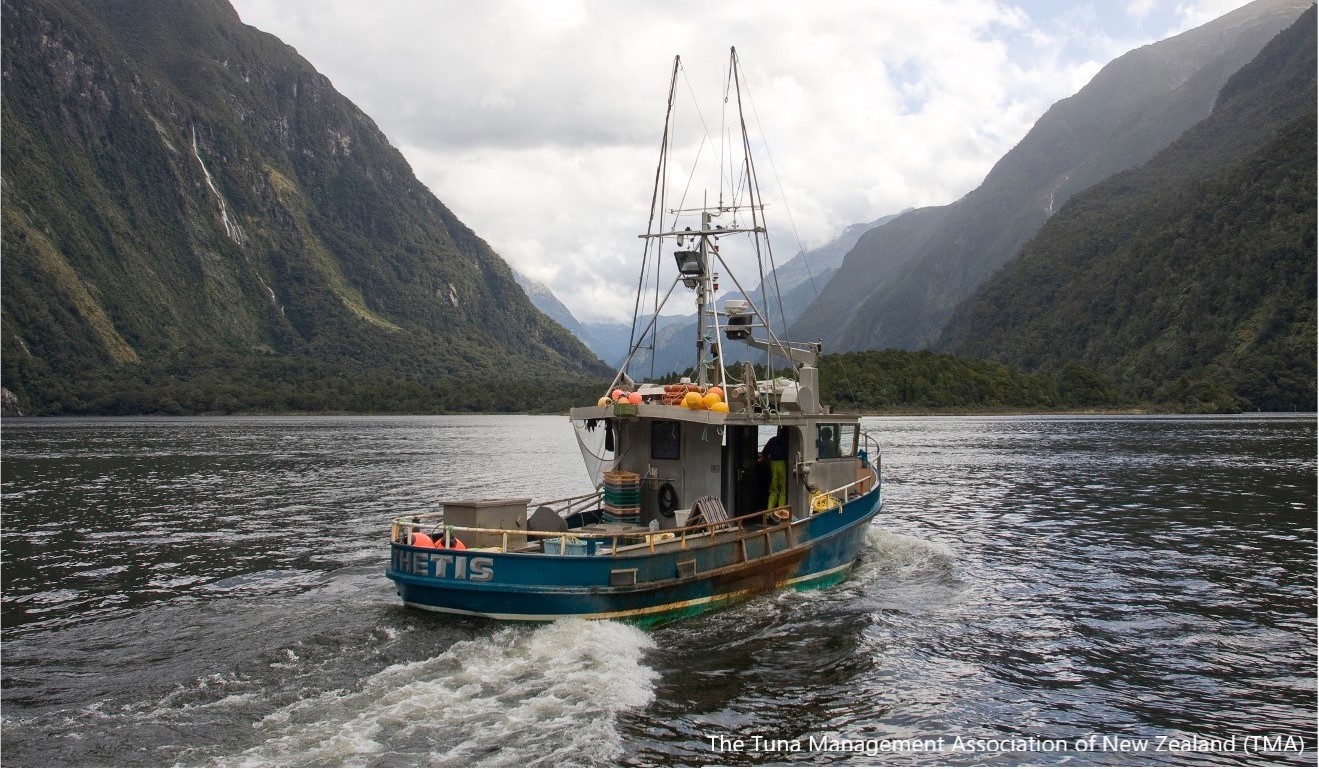
New Zealand troll albacore tuna

Location & History
Pacfiic albacore tuna have two subsets of populations, one in the North Pacific and one in the South Pacific. The New Zealand albacore tuna troll fishery hunts for tuna in the Southern Pacific ocean, contributing only about 2% of the entire South Pacific albacore catch. The fishery began in the 1960’s uses small vessels that fish for albacore tuna in coastal waters off of Northern New Zealand and Auckland.
How is the Tuna Caught?
The New Zealand albacore tuna fishery uses the one-by-one fishing method known as trolling. During troll fishing, artificial lures on barbless hooks are pulled at a slow speed through the water from varying lengths of line that are attached to the back of the boat. The disturbance of the surface waters caused by the dragging, resembles the movements that small fish make and attracts the tuna to the boat. When a tuna is caught, the fisher hauls in the line and removes the tuna, returning that same hook and line to the water. The tuna are stored on ice to preserve their high quality before returning to shore. The fishery uses the warmer summer months between December and May each year to hunt for the migrating albacore and the boats employ a crew of between only two and five fishers. The most recent annual catch measurement from the New Zealand trolling albacore tuna fishery was 2,000 metric tonnes - that’s about 13 million cans of tuna!
Unique Features
The New Zealand albacore tuna troll fishery relies on the summer months to hunt for albacore because the tuna are very particular about their environment, requiring the warm surface waters as opposed to the deeper, colder waters - and during the winter.
Gallery
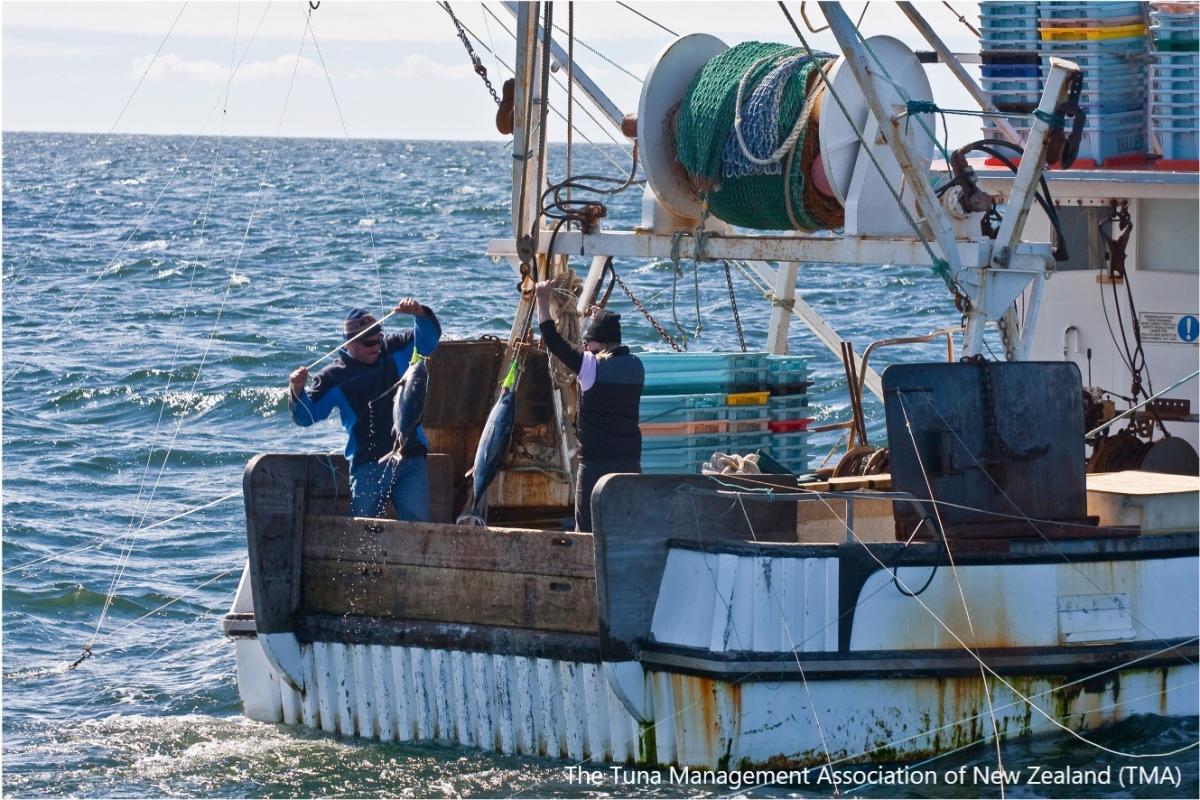
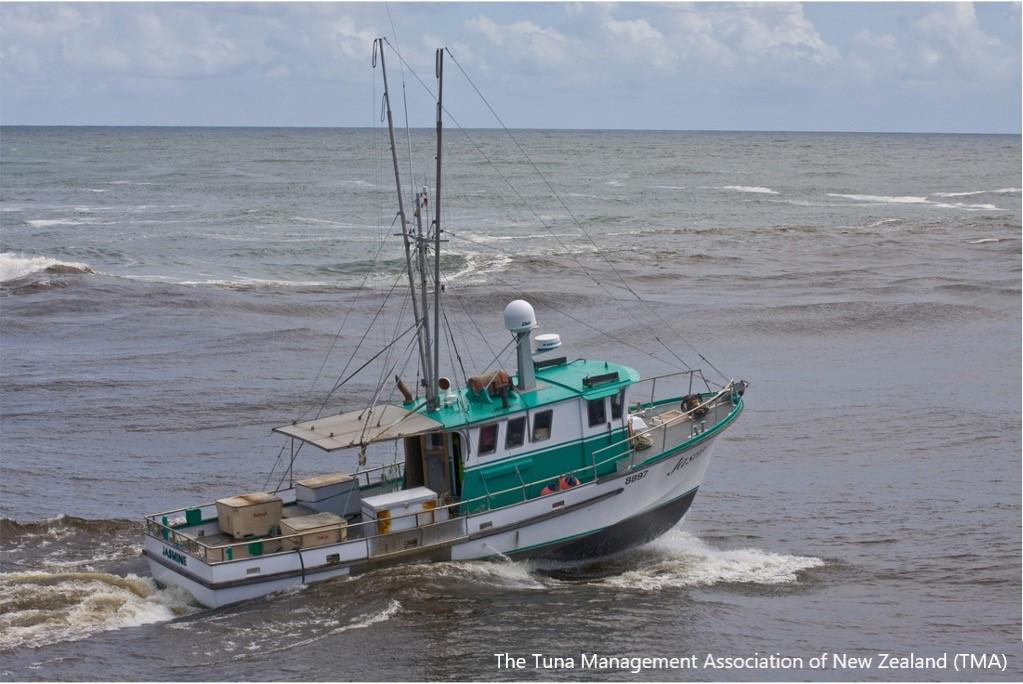
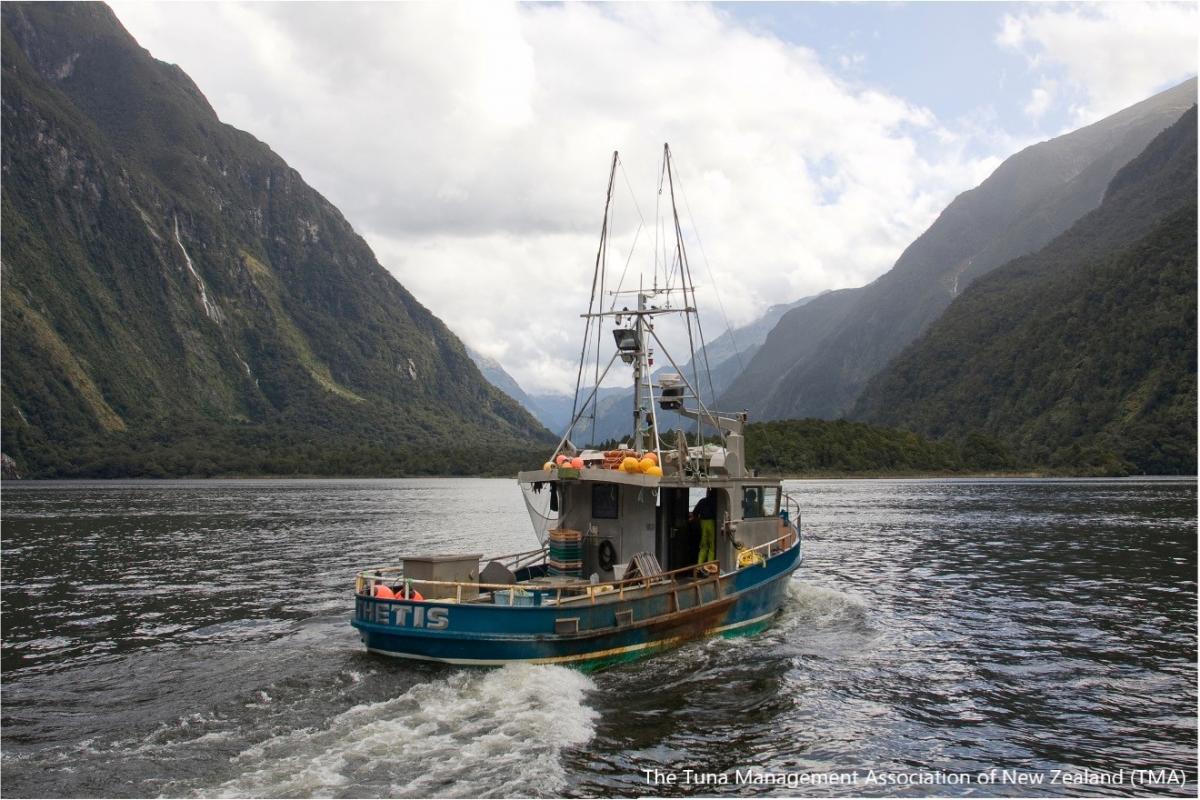
Typical Vessel
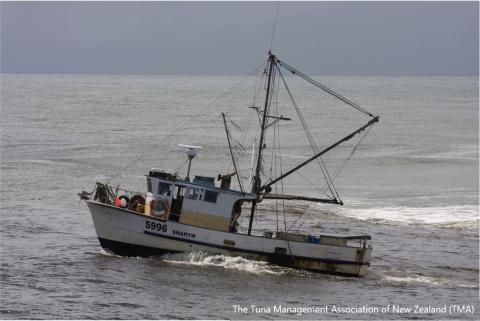
| Item | Value |
|---|---|
| Crew Size | 4 |
| Size Range(m) | 15-20 |
| Onboard Cold Storage? | Yes |
Target Species
Albacore Tuna
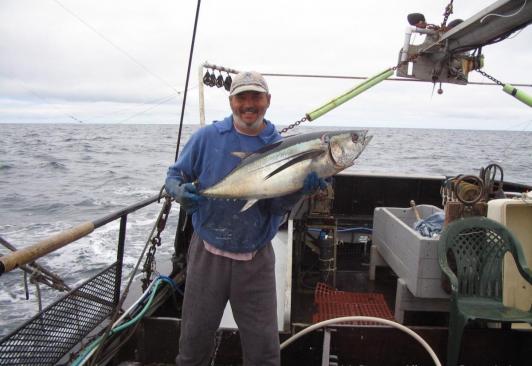
Fishing Gear
Trolling
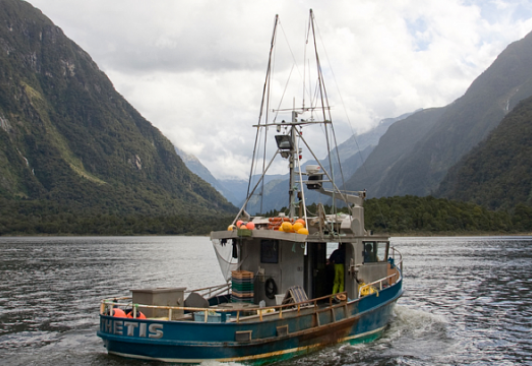
Traceability
Traceability systems are used in food supply chains to track a product from production to consumption. They assist with ensuring that standards and regulations are met throughout the supply chain, which is very important for products that travel across the globe, such as tuna.
Good traceability reduces contamination, disease, and spoilage. In the case of seafood, it also helps to maintain sustainable fish stocks in the oceans so we can keep enjoying tuna for years to come.
Most importantly, traceability provides transparency through the supply chain, allowing all parties including the consumer access to information about the products they are buying.
OpenSeas
Across New Zealand fisheries, seafood traceability is a legal requirement up until the point of international exportation. When consuming seafood in New Zealand that was caught in local waters you can expect to be able to trace back where your food was caught and when. Labels that highlight the data the fish was caught, where it was caught and by which vessel, the factory where it was processed and how much of the product was exported, is also fully disclosed on the label. Likewise, for all processed seafood, additives and preservatives are also fully traceable in the spirit of full disclosure.
Find out moreFishery Association
What is an industry association?
Industry associations are responsible for enforcing industry specific standards and regulations to protect employees and companies within that industry. They have a range of responsibilities such as providing industry specific information to businesses and useful resources, engaging in education programs, and supporting businesses so that they can reach and maintain industry standards.
Another important role of an industry association is lobbying governing bodies to take action on issues that are affecting the industry in question.
What is a fishery association?
Fishery associations are generally not-for-profit organisations that represent fisheries in one area of the world. Fishery associations are important for small-scale and artisanal fisheries, to defend their rights in a competitive industry and lobby governments for their support of these fisheries.
These associations ensure fishers are protected as employees in this industry, and that fish stocks are being managed appropriately to ensure the fishers trade will continue and be prosperous. Some associations represent employees throughout the supply chain, from fishers, to processors, to distributors, protecting the workforce from the source to your plate.
The Tuna Management Association of New Zealand (TMA)
The Tuna Management Association of New Zealand (TMA) is a non-profit association, which provides administrative and management support to the albacore troll fishery that operates off the western coasts of the North and South Islands of New Zealand, in the South Pacific Ocean.
Founded in 2001, TMA supports a fleet of owner-operated domestic vessels by providing up-to-date information on fishery management issues and by ensuring that the fleet remains aware of, and compliant with, Maritime New Zealand’s seafarer certification and safety management system requirements.
